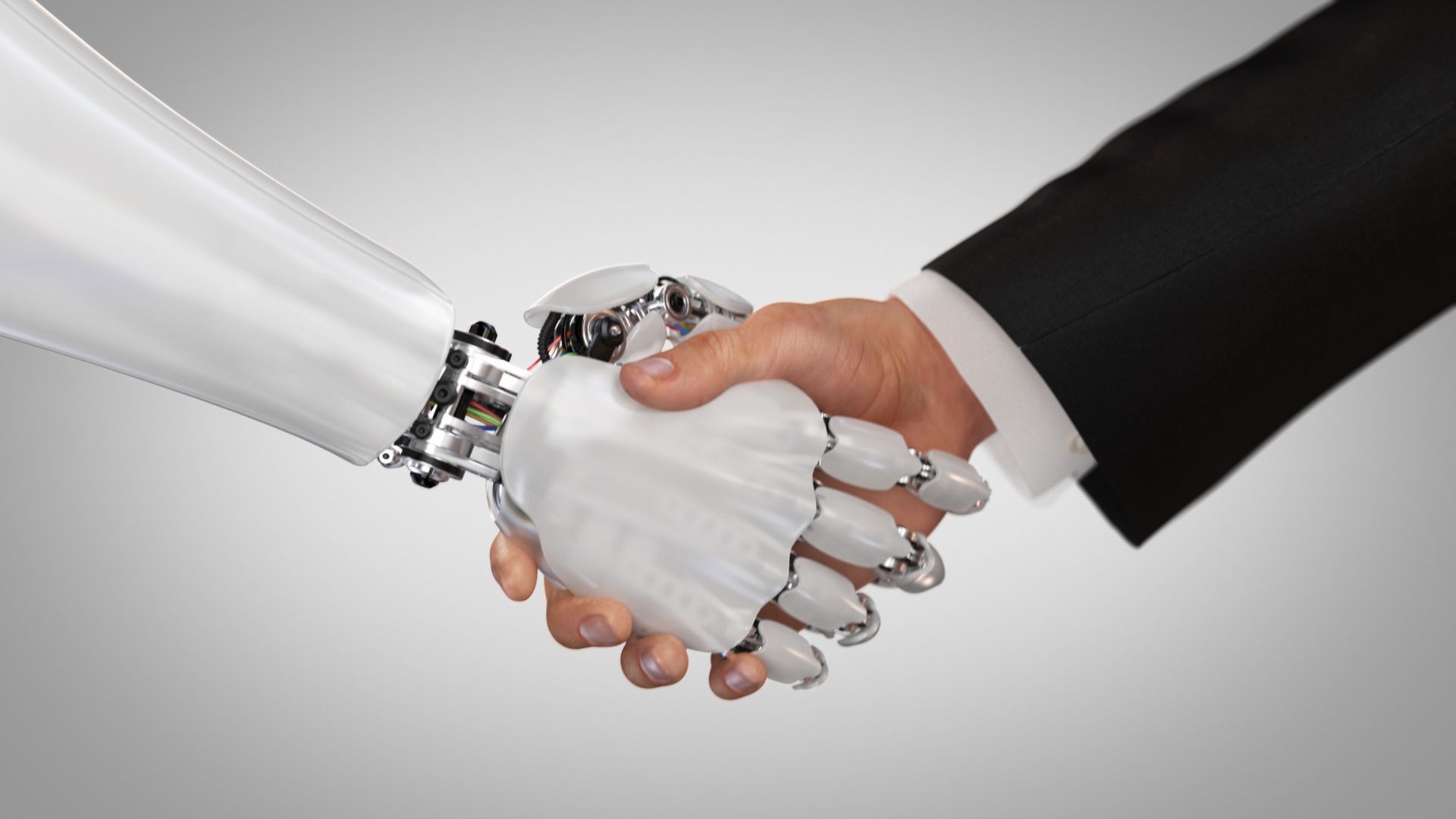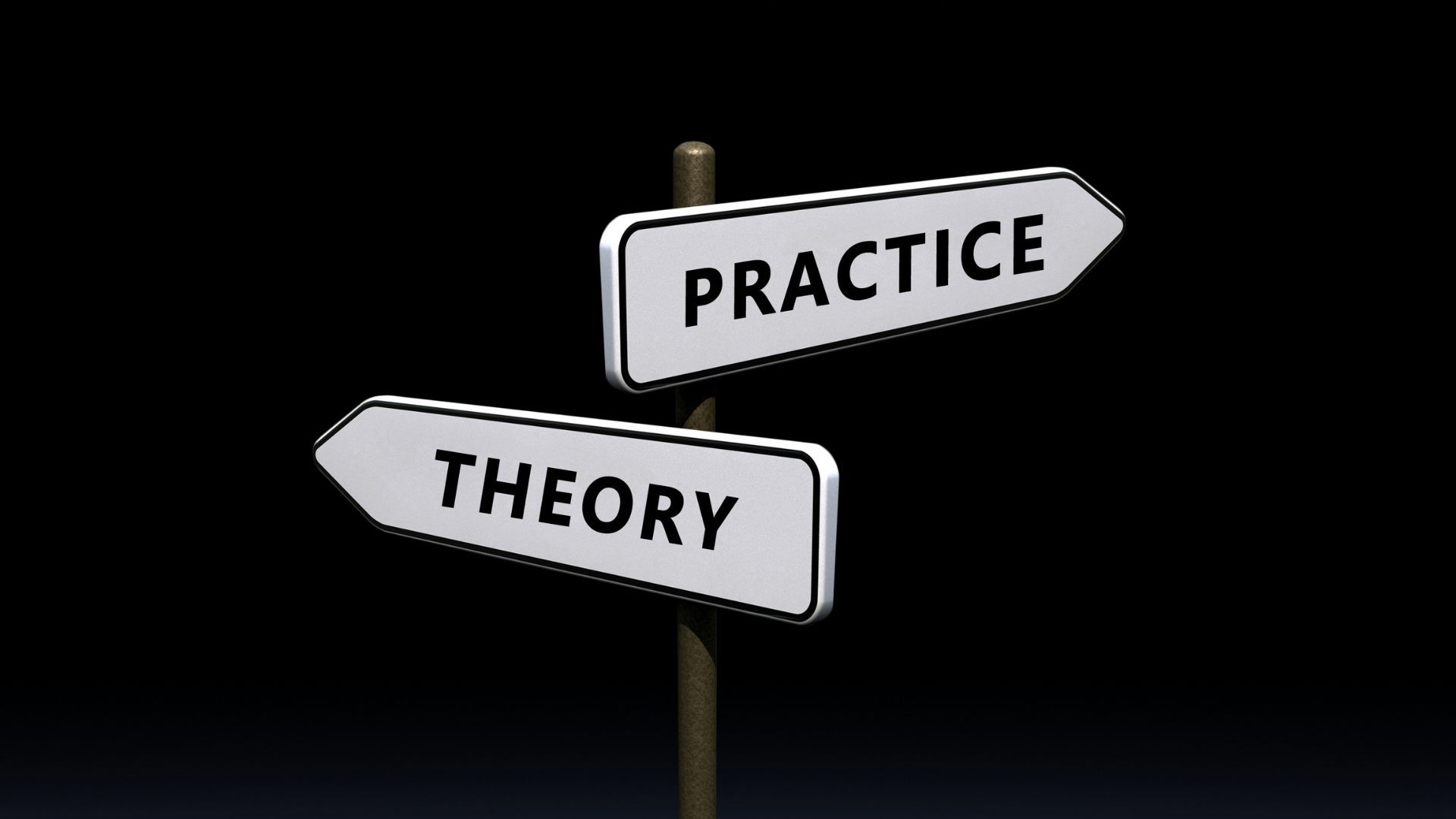Overcoming End-of-Year Burnout to Build a Strong 2025 Career

Overcoming End-of-Year Burnout to Build a Strong 2025 Career
As the year draws to a close, many professionals face the familiar challenge of end-of-year burnout. With deadlines mounting, long hours, and the relentless pressure of closing out projects, it's no surprise that fatigue levels spike during this period. In Australia, recent statistics underscore the severity of this issue: 67.5% of workers report feeling more burnt out now compared to the beginning of the year. Such data highlight the importance of addressing burnout proactively to safeguard long-term productivity and career growth.
Burnout is more than mere tiredness; it’s a state of emotional, mental, and often physical exhaustion caused by prolonged stress. Ignoring these signs can lead to a decline in motivation, reduced job satisfaction, and long-term negative impacts on one's career trajectory. Tackling burnout involves not just pushing through but adopting strategies to manage stress, realign priorities, and rejuvenate one’s sense of purpose.
This time of year is especially challenging because it coincides with the pressure of meeting annual goals while also planning for the upcoming year. The culmination of various work responsibilities, personal obligations, and the general hustle of the holiday season can make it difficult for professionals to catch their breath. Without strategic action, the cycle of stress can extend into the new year, leaving individuals feeling drained rather than motivated as they step into 2025. Prioritizing proactive measures now can prevent this cycle and support a healthier transition into the next phase of one’s career.
“Burnout isn't just about being tired; it's really a deeper issue of disconnection from purpose, satisfaction, and well-being at work.”
In a Australia Market Update, people2people Victoria Director Liz Punshon sat down with Simi Rayat, Global Business Psychologist and Founder of Wellbeing Face, to discuss the critical topic of overcoming end-of-year burnout.
“Burnout isn't just about being tired; it's really a deeper issue of disconnection from purpose, satisfaction, and well-being at work,” Simi Rayat emphasized. She highlighted that simply pushing through exhaustion without addressing its root causes can have detrimental effects. “Our motivation can diminish, and it can hamper our long-term productivity as well,” she warned. Recognizing the signs of burnout—emotional exhaustion, irritability, brain fog, and sleep disturbances—is key to intervening before it escalates.
Liz Punshon, who has observed the effects of workplace burnout firsthand, noted, “With such a high number of people feeling this way, end-of-year fatigue must be approached with intention and awareness. Ignoring it only amplifies the cycle, impacting not just the present but the future as well.” This conversation touched on why proactive approaches are essential.
According to Rayat, one of the most effective ways to combat burnout is by changing one’s mindset and viewing exhaustion as an opportunity for growth. “It’s about taking a step back to assess what is truly necessary,” she said. “Ask yourself: Is everything you’re doing needed right now? Are there tasks that can be delayed or delegated?” This mindful practice helps professionals realign their efforts with their goals and reduces the pressure of unnecessary responsibilities.
Rayat also introduced her “Five Q’s Formula” from her book Productivity Joy, a tool designed to help professionals shift from a scattered approach to one of intentionality. “This system involves asking yourself five core questions at the start of each day,” she explained. “It only takes five minutes but sets the tone for focusing on what matters most and staying connected with purpose.” The formula has proven successful for many of her clients, enabling them to channel stress into productive action.
Punshon added that burnout prevention is not just a quick fix but a long-term investment in one’s career. “Recognizing when to take a pause and assess priorities can turn end-of-year fatigue into a powerful launchpad for future growth,” she said.
Practical Steps to Combat Burnout and Boost Productivity
- Prioritize Self-Care: Taking care of your physical health can greatly impact your mental resilience. Ensure you get enough sleep, maintain a balanced diet, and incorporate physical activity into your routine.
- Set Boundaries: It’s essential to recognize when to say “no” to additional tasks or commitments that could exacerbate stress. Setting boundaries at work helps maintain a healthy work-life balance.
- Practice Mindfulness and Reflection: Incorporate brief moments of mindfulness or meditation into your day to center yourself and manage stress. Reflect on your priorities and ask if each task aligns with your current goals.
- Reassess and Delegate: Not everything requires immediate attention. Identify tasks that can be postponed or delegated, allowing you to focus on what truly moves the needle.
- Stay Connected to Your Purpose: Regularly remind yourself why you do what you do. Reconnecting with your purpose can renew your motivation and stave off feelings of burnout.
- Plan for Short Breaks: Taking short, strategic breaks during the day can enhance productivity and prevent mental fatigue. Stepping away from work, even briefly, helps to refresh your perspective.
- Channel End-of-Year Energy Wisely: Instead of viewing the end of the year as a sprint to the finish, consider it a strategic time to pause, reassess, and plan for a strong start to the next year.
Find the job you love I Find the right talent
Get in touch with people2people
Australia I United Kingdom
In business since 2002 in Australia, NZ, and the United Kingdom, people2people is an award-winning recruitment agency with people at our heart. With over 12 offices, we specialise in accounting and finance, business support, education, executive, government, HR, legal, marketing and digital, property, sales, supply chain, and technology sectors. As the proud recipients of the 2024 Outstanding Large Agency and Excellence in Candidate Care Awards, we are dedicated to helping businesses achieve success through a people-first approach.
Find the job you love I Find the right talent
Get in touch with people2people
Australia
I
United Kingdom
In business since 2002 in Australia, NZ, and the United Kingdom, people2people is an award-winning recruitment agency with people at our heart. With over 12 offices, we specialise in accounting and finance, business support, education, executive, government, HR, legal, marketing and digital, property, sales, supply chain, and technology sectors. As the proud recipients of the 2024 Outstanding Large Agency and Excellence in Candidate Care Awards, we are dedicated to helping businesses achieve success through a people-first approach.
Recent articles





Latest Media Features
List of Services
-
11 tips for employers to succeed in 202511 tips for employers to succeed in 2025
Human Resources Online
February 14, 2025 -
How will advisers’ salaries change this year?How will advisers’ salaries change this year?
Money Management
Janurary 17, 2025 -
Being a supportive employer in 2025Being a supportive employer in 2025
Money Management
January 6, 2025
List of Services
Get in touch
Find out more by contacting one of our specialisat recruitment consultants across Australia, New Zealand, and the United Kingdom.
Copyright © 2025, people2people
people2people acknowledges the Traditional Custodians of country, pays respect to their Elders past and present, and extends that respect to all Aboriginal, Torres Strait Islander and Māori peoples today.
people2people partners with CarbonInvoice to measure and mitigate any carbon emissions associated with the work we do.
Specialisations
Locations
Resources

